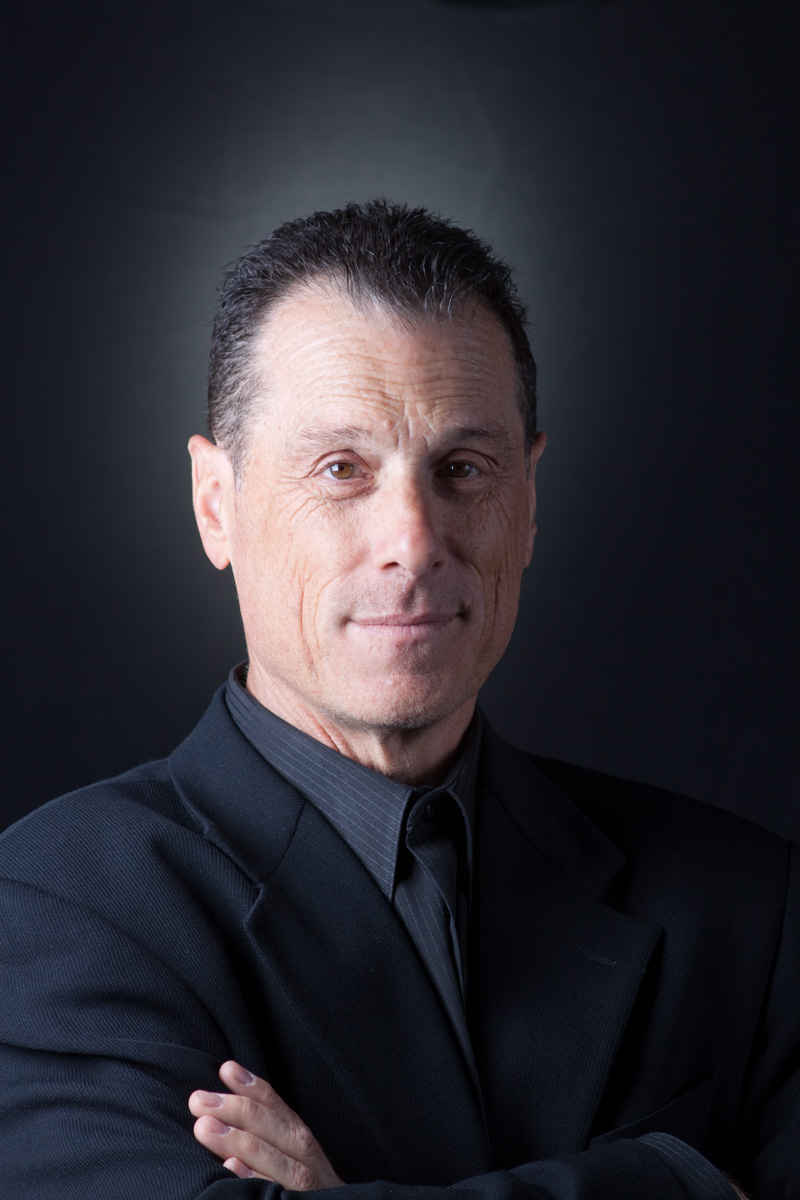
The room, the room is spinnin’ around, oh yeah, I’m delirious…I get delirious, yeah, delirious.
Prince, Delirious, 1982
There is a new exhibition at the Met Breuer in New York that I have not seen (but plan to), curated by Kelly Baum called “Delirious: Art At The Limits of Reason, 1950-1980,” the premise of which resonates with my own ideas about narrative multiplicities. The idea that one body of information or facts or objects may be used to tell multiple, sometimes conflicting, narratives is a concept that is hard to impart to students. How is it possible that History is not empirical; that out of historical detritus comes multiple narratives leading to vastly different conclusions?
As noted by Roberta Smith in The New York Times, curator Kelly Baum is viewing postwar art through a new and different lens; “Her thesis is that in the wake of the barbarity of World War II, irrationality became a widespread focus among artists…” Baum states that the artists she chose to focus on “wanted to simulate or stimulate delirium,” and that “these artists answered life’s absurdities with more of the same, taking leave of reason in art since it already seemed gone from life.” These curatorial observations are, once stated, seemingly obvious. Of course the trauma of prolonged war creates psychological discord and manifests itself in a most profound way amongst those who deeply feel the sharp edges of experience, as artists often do. Such looking back at historical narratives and reconsidering other truths is done when historical distance does its job. Ken Burns’ new documentary on the Vietnam War by all accounts, promises to offer a version of that history through the eyes of those whose story has yet to be told. One can imagine a narrative that such an approach might yield.
I experienced my own delirium at the Venice Biennalethis summer attempting to navigate as many of the 2000-some exhibitions that were occurring simultaneously in Arsenals, galleries, and elsewhere. My delirium was a product of the sheer volume at which much of the work was produced. Not volume in the sense of sonic activity (though there was a lot of that) but rather, the volume and pitch of the visual chaos and oversaturated, at times almost dissonant use of space. Artists from around the globe seemed to be responding to a continued sense of displacement, fatigue, impotence and rage at many of the same things that Curator Baum cites as triggers for the delirium of much post-WWII artwork; work by artists weary of the chaos and uncertainty of those years is echoed by many of the artists in the Venice Biennale.
A friend and I were ticking off the things we had seen over the years that changed our lives. Many we had both seen separately but in the same timeframe; the German Choreographer Pina Bausch, the Theater artist Robert Wilson and composer Phillip Glass, the playwright Samuel Beckett, performance artist and filmmaker Carolee Schneeman, vocalist and performer Meredith Monk, the video artist/filmmaker Charles Atlas, and many others who were part of a late 20th Century movement focused on dissolving disciplinary boundaries coupled with a politically sensitive conceptualism. Many of these artists have been embraced by multiple constituencies and each such audience creates their own narrative for the work. The farther we get from the point of origin the more the Project of Revision parses out the meaning of such work. Some ideas and narratives find traction quickly and decidedly. Others recede or hold on until a critical mass flocks toward these new understandings about what the work’s intention may have been, the wellspring that led to the enduring quality of so much post-war art.

Art: Avez Vous Quelque Chose A Declarar?
Art: Do you have anything to declare?
While visiting the Centre Pompidou in Paris this summer there was a large graphic image on the surface of the plaza which, when viewed from above issued a challenge to those who gave the piece a moment to register.
This graphic, viewed from many stories above the city of Paris, is, I assume, a work of art that is in turn asking us multiple questions: Does Art have anything to declare, do we have anything to declare? What do we want Art to declare? Judging by the work I saw this summer, its global sense of scale and its high degree of consciousness (and conscience), we have a lot to declare.
The week a student asked, what we will call this era of Art? I politely dodged the question. It feels as if we are still in the middle of some kind of moment which has yet to fully declare itself.
Very best,
Douglas Rosenberg
Chair, UW-Madison Art Department
